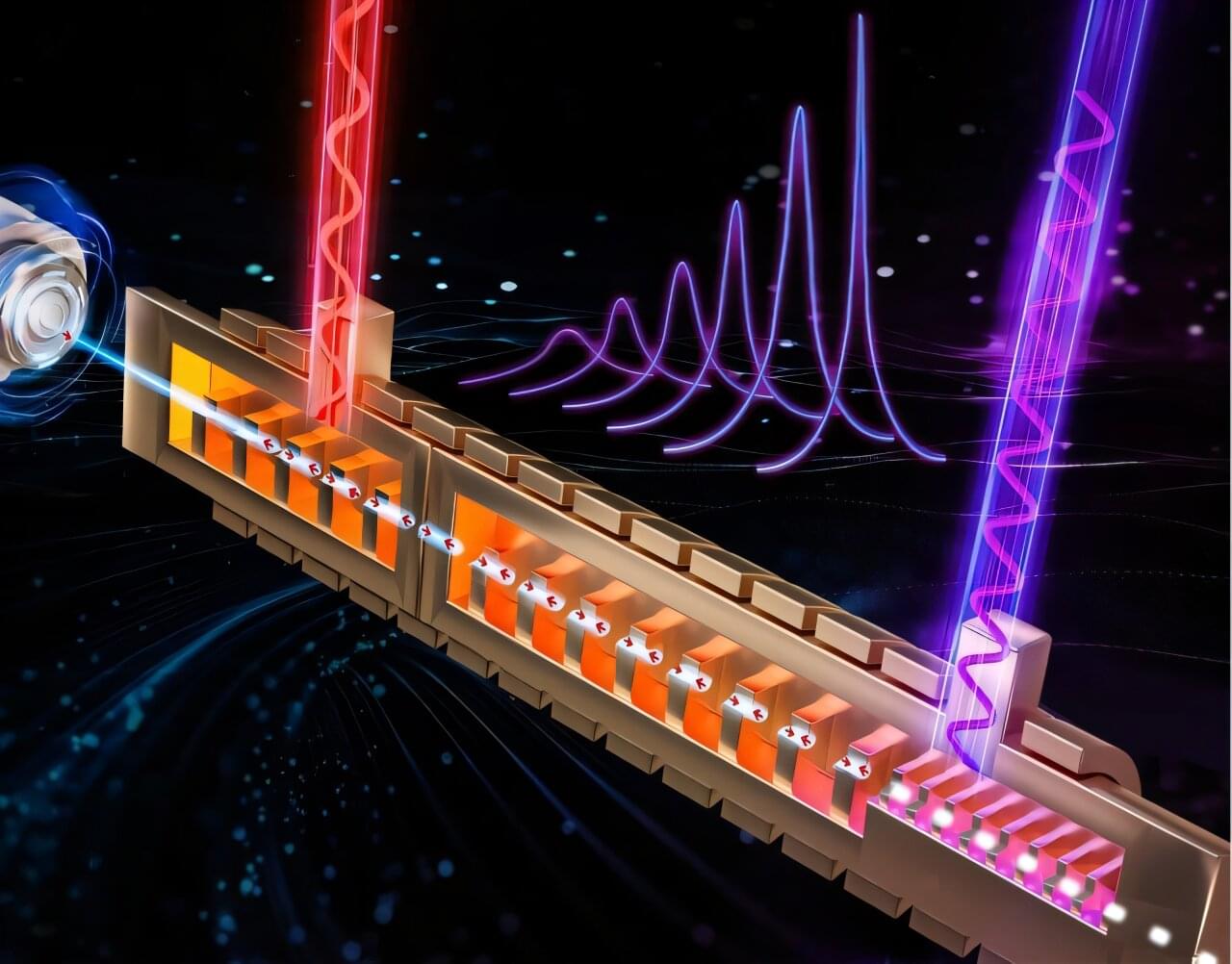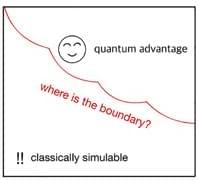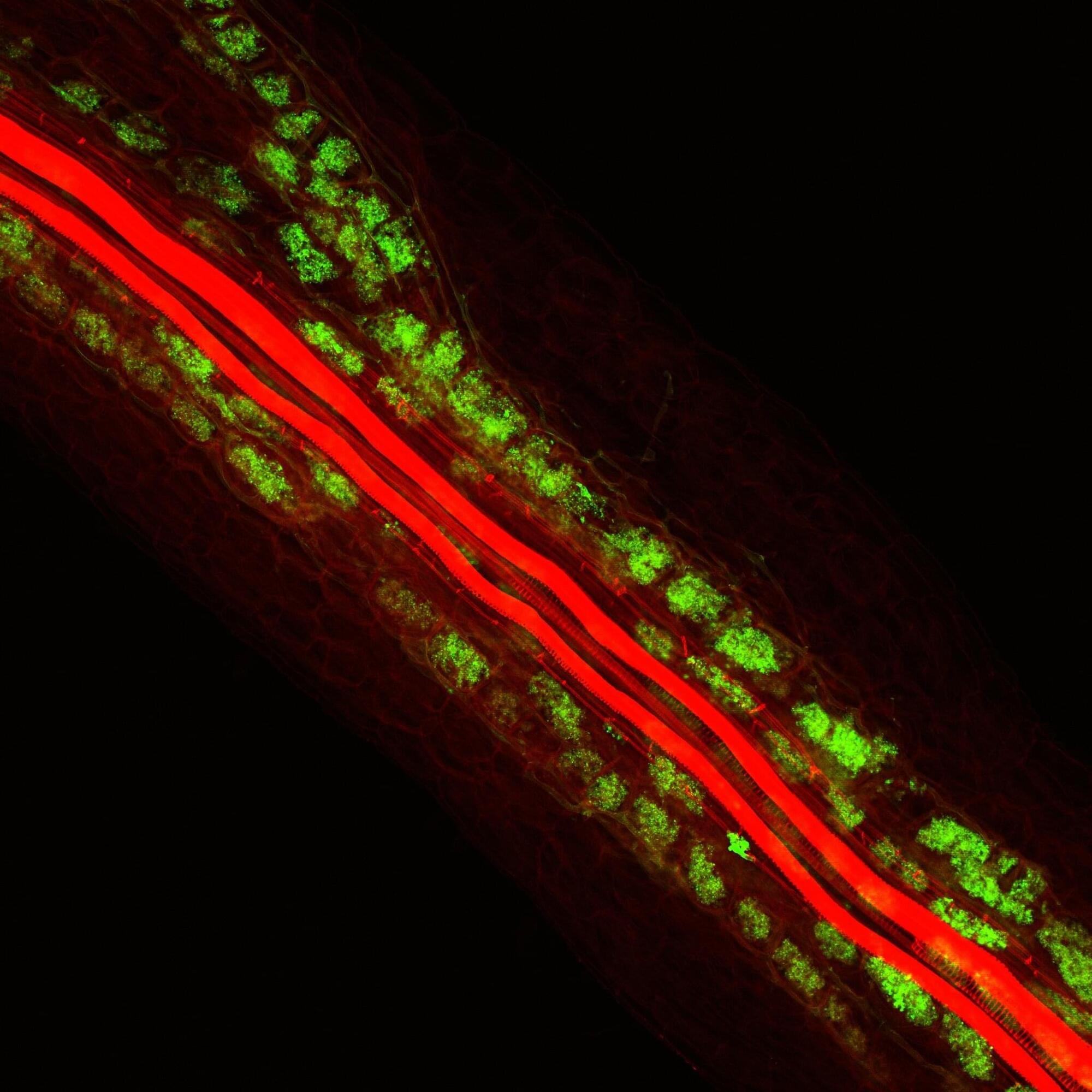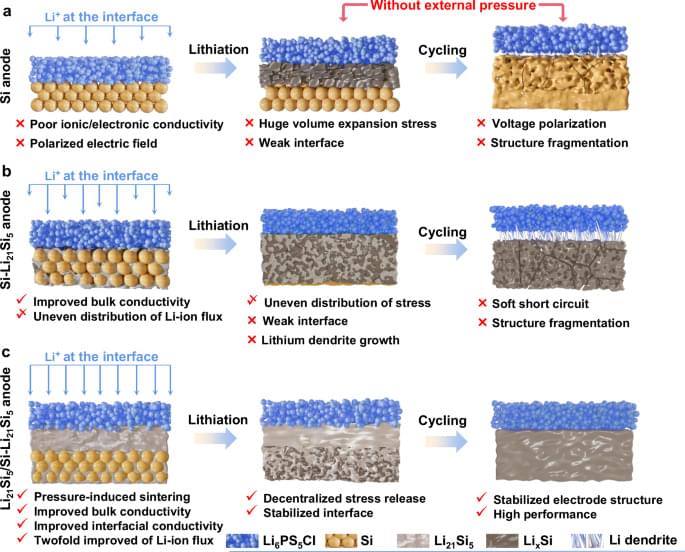Superradiant Smith-Purcell radiation (S-SPR) is a kind of free electron radiation with a train of free electron bunches passing over a periodic grating. In theory, the ultra-narrow spectral linewidth of S-SPR could be realized, which would be greatly beneficial to various applications such as imaging, sensing and communication.
However, in the free electron accelerators, customized setups and orotrons, the instability of electron kinetic energy, coulomb effect and the finite number of electron bunches worsened the radiation linewidth, and the large size of equipment limits the application scenarios.
In a new paper published in eLight, a team of scientists, led by Professor Fang Liu and Yidong Huang from the Department of Electronic Engineering, Tsinghua University, China, have developed the first compact S-SPR device with ultra-narrow and continuously tunable spectral linewidth.







